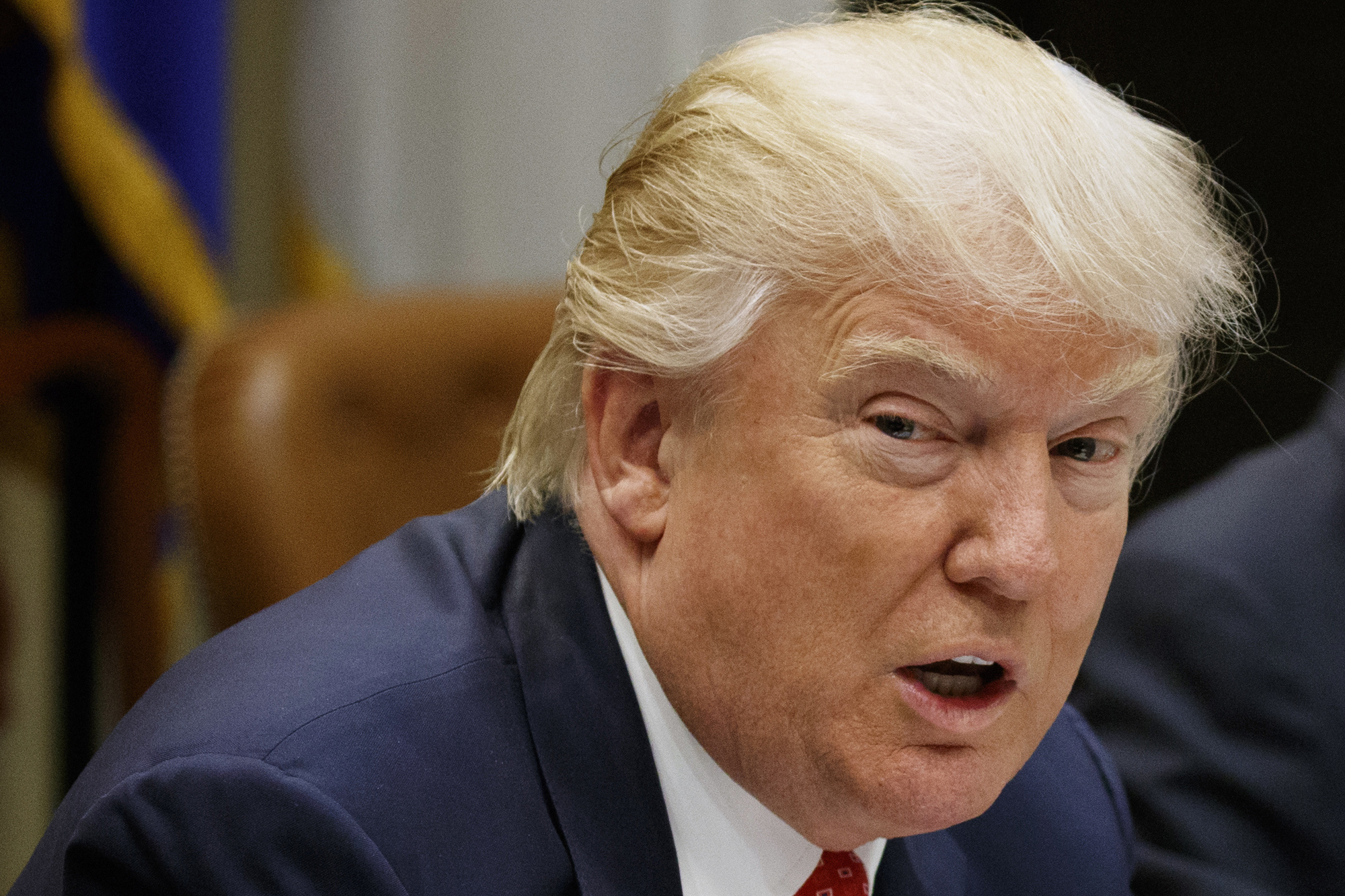After seven years of demanding the repeal of the Affordable Care Act (ACA), House Republicans have reached their moment of truth. They have slapped together a bill to replace the law—the American Health Care Act (ACHA)—and President Trump is demanding that the House pass the bill today, or he will move on and leave the ACA in place.
That leaves House leaders in a tight spot, since their bill is deeply unpopular with lawmakers and voters. Late Wednesday night, in an effort to gain support from the ultra-conservative House Freedom Caucus, they added new provisions that make the bill’s Medicaid cuts—which already slashed the program by $880 billion—even more extreme.
Get TalkPoverty In Your Inbox
The “manager’s amendment” includes a provision that encourages states to impose work requirements on adults who receive Medicaid. In theory, the provision ensures that “able-bodied adults” who receive Medicaid benefits are either working or looking for work. But in reality, this amendment could take health insurance away from Americans with disabilities or serious illnesses, and even new moms experiencing complications from childbirth—stripping them of the health care that would enable them to return to work.
Here are three Americans who would be at risk of losing needed coverage under House leaders’ latest proposal:
Robin Conrad — Center Ossippee, New Hampshire
In 2012, Robin was laid off and lost her health insurance. She went without health insurance while she worked temp jobs, until she was hired full-time nearly two years later. In 2015, she was diagnosed with Stage 4 metastatic breast cancer and was eventually forced to take long-term disability leave. Her employer terminated her job—and her health insurance—when she still had pressing health care needs.
Robin can get the medication she needs because she’s covered by the ACA’s Medicaid expansion. She noted that without it, “I probably would not have been able to get coverage even if I could afford it, because my situation would have been considered a pre-existing condition.”
Sarah Borgstede — Belleville, IL
Sarah was married and was unemployed when she became a new mom. She and her husband decided that she should stay home with their baby boy, so that they wouldn’t have to worry about paying for child care. Her husband continued working as a musician and a teacher, but neither job offered insurance—he either purchased private insurance went without it entirely.
Sarah’s husband passed away when he was just 28, after a long battle with sepsis. Sarah says that if she been forced to look for work within 60 days of having a child—like the new Medicaid work requirements demand—she would have needed to work full-time just to afford child care, while her husband continued working 80 hours a week to cover the rest of the bills. Then, Sarah says, “my son would have grown up without both of his parents.”
Ericka McClung — Clendenin, West Virginia
Six weeks after she qualified for Medicaid coverage under the ACA, Ericka found out she had Stage 3 breast cancer. After chemotherapy, radiation, and a double mastectomy she’s now cancer free, but she needs to continue hormone treatments for another eight years.
“If the cancer came back I could never afford the treatments,” Ericka says. “My whole entire family put together could not afford my treatments.”











